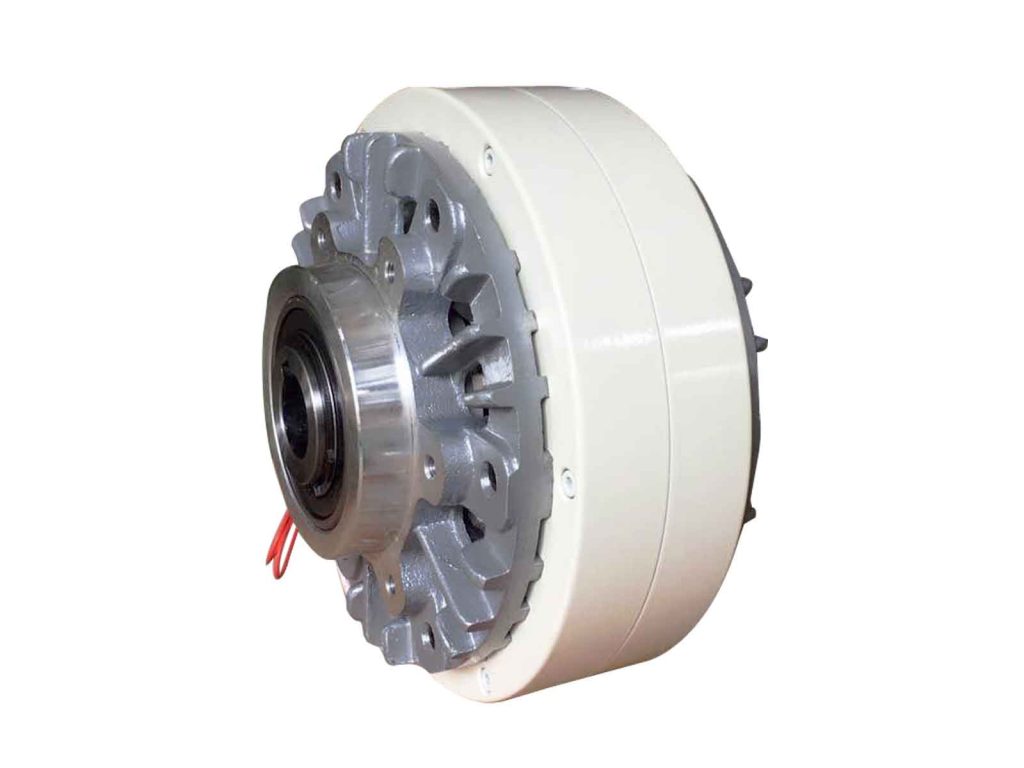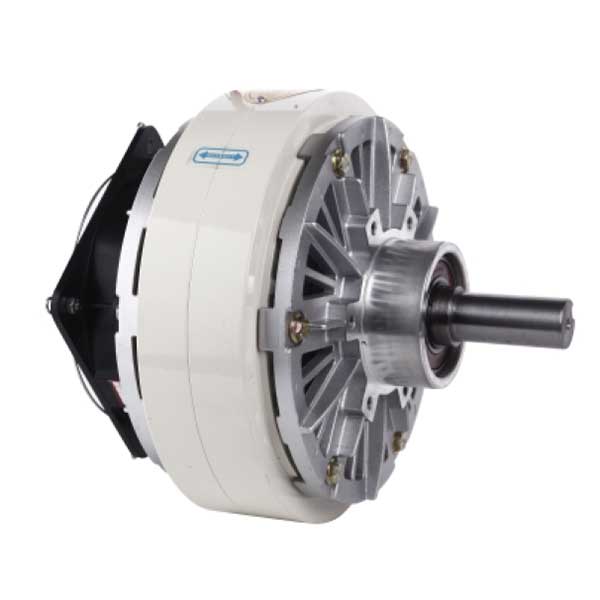Magnetic Particle brakes are indispensable in various industries, offering precise control over torque and speed. However, their efficient operation depends on managing the heat generated during operation.
Magnetic Particle brakes are electromagnetic devices used in machinery and industrial applications to control torque and rotational speed. They operate based on the principle of magnetic Particle’s variable viscosity. When an electric current passes through the coil, it creates a magnetic field, causing the Particle to solidify and transmit torque. The heat generated during this process is a natural consequence of energy conversion.
The Importance of Heat Management
Excessive heat generation can lead to several issues, including reduced brake performance, shortened lifespan, and even safety hazards. To ensure the optimal operation of a magnetic Particle brake, it’s crucial to keep the heat within the allowable continuous slip power limits of the model used.
factors contribute to heat generation in magnetic Particle brakes
- Brake Size and Capacity: Larger brakes with higher torque ratings tend to generate more heat during operation.
- Duty Cycle: Continuous operation at high torque levels increases heat buildup.
- Ambient Temperature: Operating in hot environments can exacerbate heat-related issues.
Heat Management Strategies
To prevent heat-related problems in magnetic Particle brakes, consider the following strategies:
- Proper Sizing: Choose a brake size and capacity that matches your application’s requirements. Oversized brakes generate excess heat for no benefit.
- Duty Cycle Monitoring: Be mindful of your application’s duty cycle and select a brake with an appropriate duty rating.
- Cooling Systems: Implement cooling solutions such as fans or heat sinks to dissipate heat effectively.
Ensuring Compliance
To ensure compliance with the continuous slip power limit, follow these steps:
- Check Manufacturer’s Data: Refer to the manufacturer’s documentation for the continuous slip power limit of your specific brake model.
- Monitor Current: Continuously monitor the current passing through the brake’s coil during operation.
- Temperature Sensing: Implement temperature sensors to track the brake’s temperature and prevent overheating.

Managing Heat in Real-World Applications
Let’s consider a real-world scenario: a conveyor belt system that relies on a magnetic Particle brake to control its speed. The brake’s continuous slip power limit is 1000 watts.
| Component | Specification |
|---|---|
| Magnetic Particle Brake | Continuous Slip Power: 1000 W |
| Conveyor Belt | Load Torque: 500 Nm |
| Duty Cycle | 60% |
| Ambient Temperature | 30°C |
In this scenario, the brake is continuously operating at 60% of its capacity, generating heat as it controls the conveyor belt’s speed. To ensure it stays within the allowable limits:
- Calculate the heat generation using the formula mentioned earlier.
- Monitor the brake’s temperature.
- Implement cooling measures if necessary to maintain safe operation.
Conclusion
Managing heat generation in magnetic Particle brakes is crucial to ensure their long-term performance and reliability. By understanding the factors contributing to heat, calculating heat generation, and implementing appropriate strategies, you can keep your brakes operating within their allowable continuous slip power limits. This proactive approach will not only extend the life of your equipment but also enhance safety in your industrial applications. Remember, the key to success is in effective heat management.
